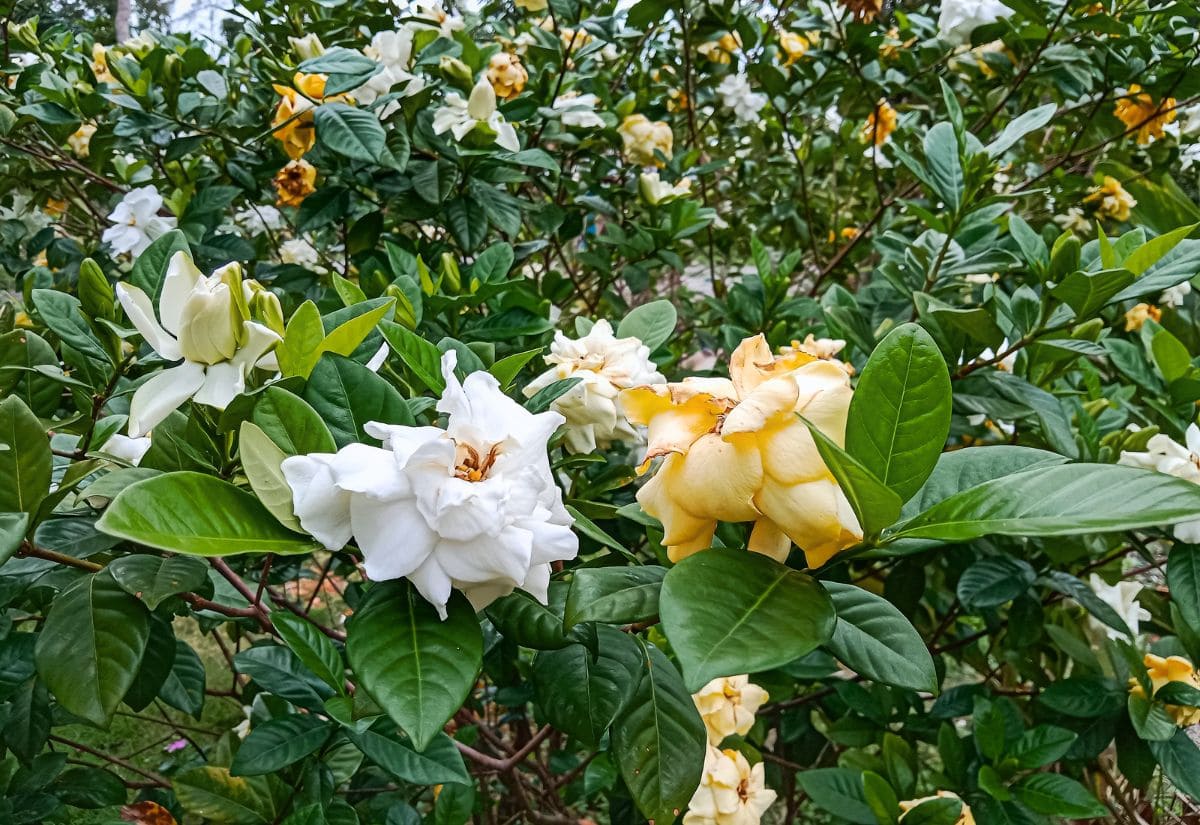
As a symbol of purity, Gardenias live up to the prestige by adding a little piece of heaven to your gardenswith immaculate white blooms and a divine fragrance that can range from sweet to zesty to woody.
Known for bringing a touch of romanticism to any landscape, gardenias are tender shrubs that will produce long-lasting blooms year after year if they are under the right care.
So, if your gardenias are dropping their buds early, wilting during the growing season, or just not producing as manyblooms as you would like, there are a few changes you can make to both their environment and the care that you give to have them springtime ready.
Keeping these perennials blooming all growing season may take some work on your part, so if you’re ready, read on to find the best conditions for your gardenias and what you can do to encourage blooming.
What is the Best Environment for Gardenias to Bloom?
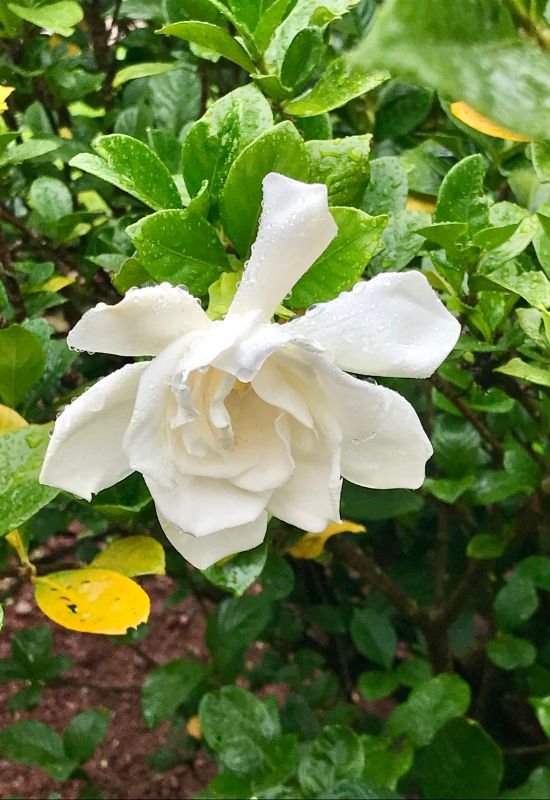
Before we get into the blooming of gardenias, you should know the best environment for them if you want beautiful flowers for most of the year.
These high maintenance perennials are known to be more difficult to cultivate, so knowing their demanding nature will give you the best shot of being rewarded with their fragrant buds.
First, make sure that they aren’t crowded by other plants or trees. They aren’t fond of sharing their space. Also, they don’t respond well to direct sunlight, so you’ll want to keep them in a shaded area where sunlight can filter through.
For the soil, it’s important for it to be moist, but able to drain well. Similar to azaleas, they like acidic soil and produce the most blooms with a pH level between 5 and 6.5.
If you’re worried about not having the right location in your garden for gardenias to thrive, they make great container plants and you can simply move them around to find a spot that they like.
When Do They Bloom and How Often?
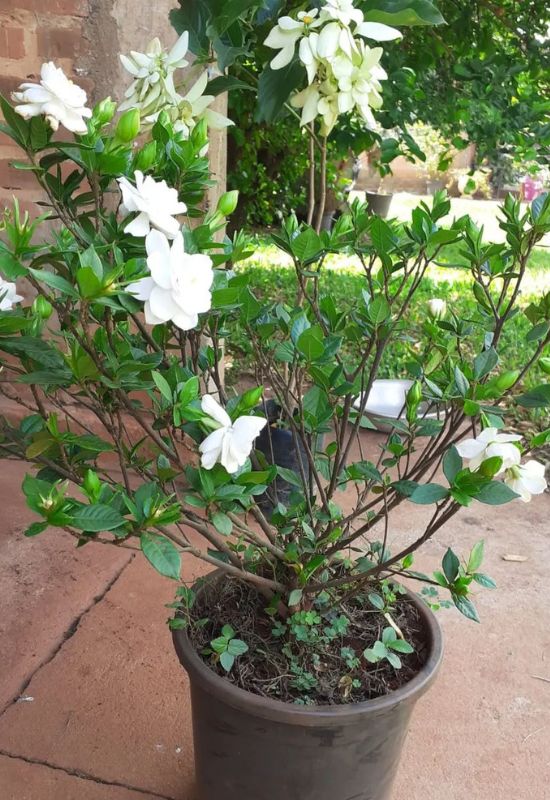
Gardenias start blooming in late spring and can do this on and off throughout the summer. Depending on the variety of gardenia that you have, you can expect blooms from late spring to the end of the summer.
With good growing conditions, somevarieties can even flower well into the fall months.
Usually, gardenias will bloom only once or twice a year, but this can differ by climate, variety, age of the plant, and the care that it gets.
While they may not bloom many times, they continue to flower throughout for several months. As long as you give them the right amount of sunlight, water, fertilizer, and love, they’ll return the favor with lovely, perfumed flowers.
If you’re looking to add gardenias to your landscape now, you can either plant from the seeds or propagate from cuttings of an adult gardenia.
Planting seeds may be the easier route, but you can be waiting for 3 years to finally get flowers. Propagating will take less time and will only take 1-2 months to develop a new root system.
How Long Will They Keep Their Flowers?
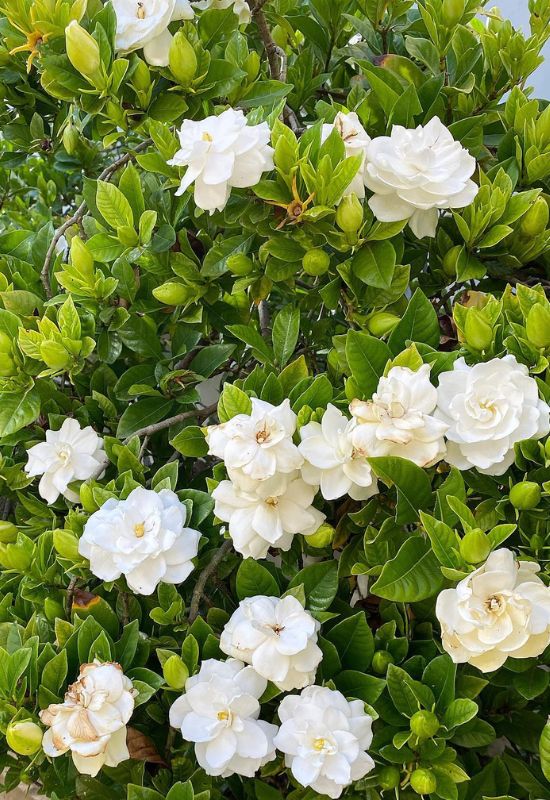
There’s no need to worry if you see your gardenia’s flowers wilting and falling off in the early summer. The flowers may not last as long as the full season, but they regenerate often.
For most gardenias, they keep their flowers for about six to eight weeks. However, some varieties can keep them for up to 10 weeks.
Tips to Encourage Abundant Gardenia Blooms
We mentioned the best conditions for gardenias, but there are ways that you can get involved in their care to encourage long and healthy blooming.
Gardenias can be a little more temperamental than other perennials if they don’t have the care that they need.
Nevertheless, it’s definitely worth the effort when you see your landscape livened with these charming and fragrant shrubs.
1: Maintain Soil Health
With your gardenia settled in a suitable area, we want to start with fertilizer. Again, acidic fertilizer is best, and you can simply follow the directions on the packaging for how much you should add for your gardenia’s size. This should be done twice a year, once in early spring before blooming and again in the early summer.
You’ll want to mulch after you fertilize to promote soil health and keep those blooms blooming!
When you’re doing this, just make sure you don’t put mulch on the stem of your gardenia so water and air can get through.
2: Water Correctly
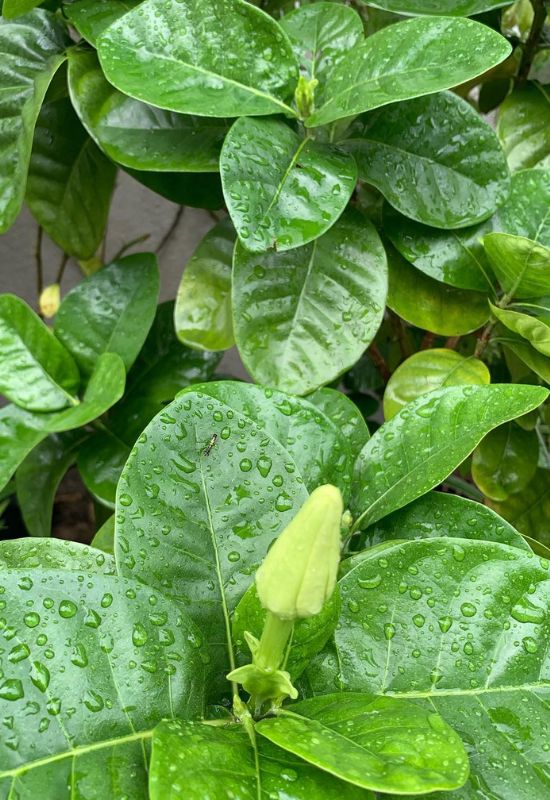
Now onto the basic care. Like most outdoor plants, they need to be watered regularly. You can usually do this once a week and water deeply, but you may want to water more often if you get very hot and dry summers. Just don’t wait until the soil is completely dry before you water again, or it could upset the flowering process.
On the other hand, watering too much can distress your gardenia, leading to a host of problems like bud dropping and root rot.
If the watering routine sounds a bit too demanding, another suggestion for these sensitive shrubs is to get a drip line. They aren’t very expensive and can keep them moist, while preventing water from getting on the leaves and flowers.
3: Prune and Deadhead Occasionally
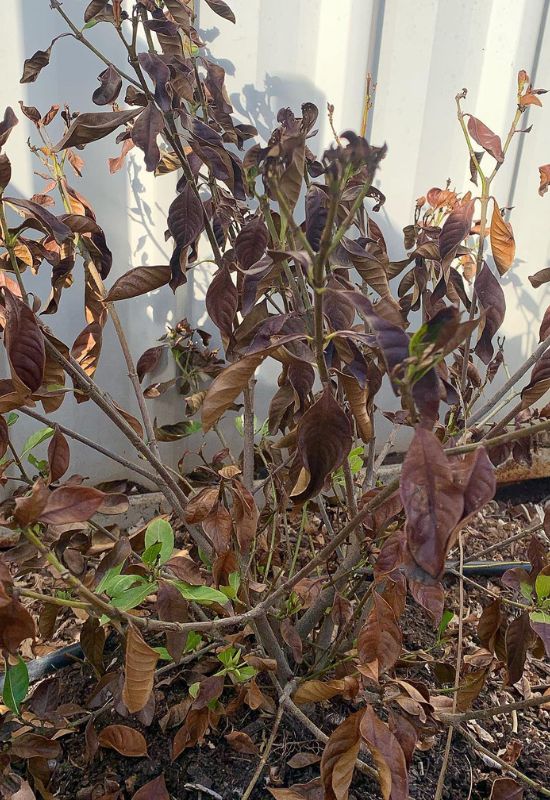
Where they are demanding in many areas, you are in luck as they don’t require much pruning. All the same, it is still a good idea to prune when needed.
If you see any dead or fading flowers or overgrown branches, use your pruning shears to cut them off and clean them after. This needs to be done before the middle of summer because gardenias will start producing buds for next season at that time.
At the end of each blooming period, you can deadhead the wilting and spent flowers to promote new growth and strengthen the stems of your shrub.
It also keeps the dead areas from taking nutrients from the healthy ones. To do this, use a pair of clean pruning shears to cut off the dead flowers. Making the cut above a leaf set can keep the branches from looking bare.
This should go without saying but don’t deadhead after mid-summer either because you can lose your newly forming buds.
4: Indoor Gardenias
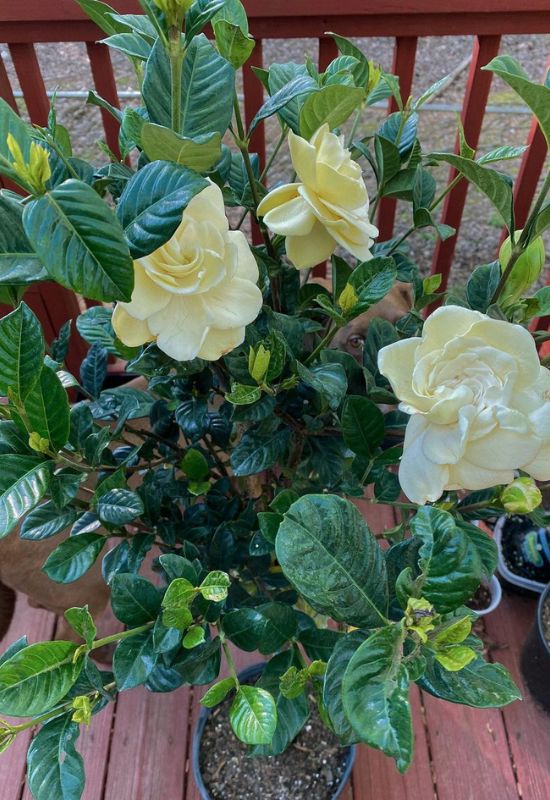
Gardenias are known for being finicky, but indoor gardenias are particularly demanding. While still minding what we’ve talked about so far in gardenia care, indoor gardenias have some extra needs that will help them stay healthy.
First, they need to have enough sunlight. Keep them near a window where they can get the most amount of sunlight and turning the pot that they’re in so that different sides can get sunlight can help. Adequate sunlight is one of the hardest parts of keeping your gardenia thriving indoors.
We know that they love humidity, so you may need to invest in a humidifier if your house isn’t quite meeting your gardenia’s moisture standards.I know that you may have seen videos of people misting their plants on Instagram, but don’t do this.
Gardenias don’t like their leaves and flowers getting wet and can open the door to diseases that you really don’t want on your hands.
Another way to combat humidity deficiency in your home is to place the gardenia’s saucer in wet pebbles.
All in all, you really just want to make sure that you’re checking in on them often and maintain good light, water, and humidity.
Gardenia Care Tips to Remember!
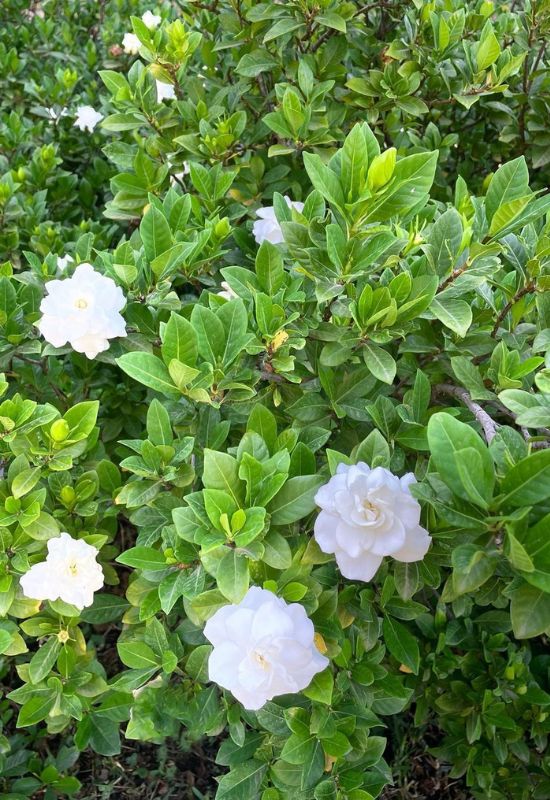
We went over a lot of information in regard to gardenia blooming, so let’s wrap this up with some basics to keep in mind when promoting healthy blooms.
Thriving best in hardiness zones 6 to 11, gardenias will produce the finest blooms in warm and humid climates. If you don’t live in this area, you can still consider indoor gardenia planting if you have the time and patience.
Water regularly. About once a week should be fine, but just make sure the soil is moist without overwatering.
To keep your gardenias healthy and producing blooms throughout the season, fertilize every few months. Acidic fertilizer is best and then mulch after.
Prune and deadhead when you see spent flowers. Make sure that your pruners are clean to prevent spreading disease.
Though picky and demanding at times, gardenias can bring a romantic elegance to your landscape when you take the time to create a comfortable environment for them to blossom.
Not to mention, your yard (or home) will smell fantastic. With a little patience and regular care, you should have no problem getting beautiful blooms from your gardenias all season.

Written By
Amber Noyes
Amber Noyes was born and raised in a suburban California town, San Mateo. She holds a master’s degree in horticulture from the University of California as well as a BS in Biology from the University of San Francisco. With experience working on an organic farm, water conservation research, farmers’ markets, and plant nursery, she understands what makes plants thrive and how we can better understand the connection between microclimate and plant health. When she’s not on the land, Amber loves informing people of new ideas/things related to gardening, especially organic gardening, houseplants, and growing plants in a small space.
